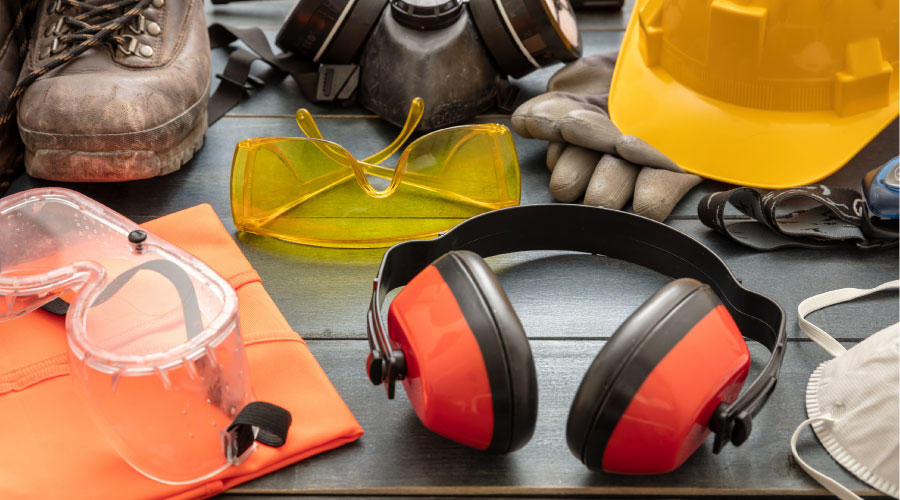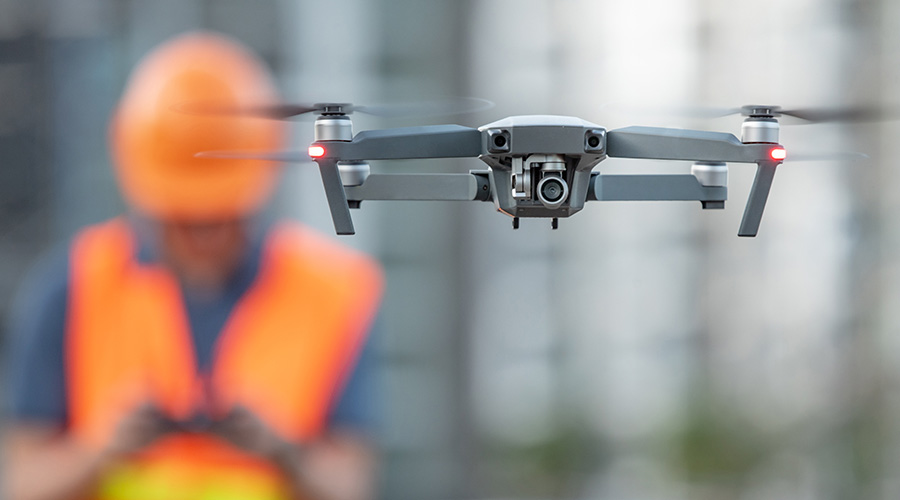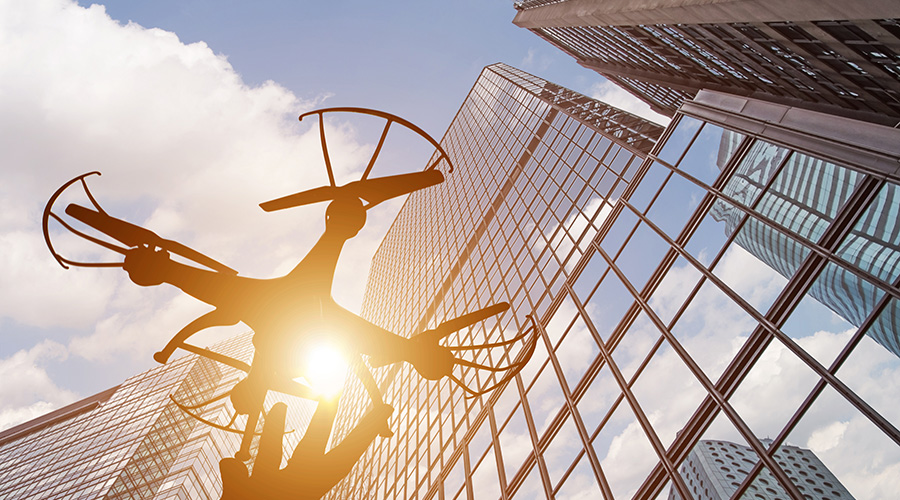Managing Plusses, Minuses of Portable Technology
Part one of a two-part article on managing portable technology
Portable technology is the latest craze to hit the world of maintenance and engineering management. Portable devices come in any shape, color, configuration, and, of course, price.
When I started in maintenance, managers and technicians used handheld walkie-talkies that weighed about 5 pounds and had an antenna that seemed to be 2 feet long. The device literally pulled down your pants.
Today’s technology has evolved to produce smartphones, tablets and laptops. But while the technology might change, the pressing question for managers remains the same: How do we justify the purchase, and did we later see the benefits we anticipated upfront?
Part of the challenge is trying to determine the most effective way to incorporate these technologies into both management and field work, as well as determine the ultimate benefit to the organization. The common perception that because it is new technology, it must be better and faster, is not always the case. The first part of the process is to ask yourself why you and your technicians need the portable technology, what the users will do differently with them, and how will they make the organization better?
New tools of the trade
An essential part of the process of adapting portable technology into maintenance and engineering departments is to identify the tasks each one can perform in your specific organization to help streamline work practices.
Smartphones. The devices fit easily on your belt and don’t get in the way, and most people know how to use them. They are great for sending and receiving relatively simple work requests, and the technician can respond that the problem is fixed.
Smartphones are not good for managing complex work requests. They are not good for completing preventive maintenance (PM) procedures with multiple inspection points and those that require documenting the results of the procedure. If you are a 100 percent reactive department, a smartphone might be everything you will ever need. You will never get any better or reduce your emergency work, but it will be fast.
Tablets. A tablet has everything a smartphone has and much more. Technicians can easily view pictures, schematics, parts lists, and complex PM checklists and procedures. They can be used successfully in office buildings, campus environments, and even large geographically challenged county and state governments.
Their biggest downside is size. Technicians will need a method to carry the device and hopefully keep it safe. You probably need to plan on having a replacement stock for units that get dropped and destroyed. Keep in mind once you move into the mobile device world, it will be hard to carry out business as usual without them. You must have spares and loaners available.
Laptops. These devices are the largest of the gang but probably offer the most advantages for work practices, processes and systems. You can attach all types of devices to a laptop and use CDs and other data-storage devices as needed. Their size is the largest downside. If you work from a truck, van, or other weatherproof vehicle, then the laptop might be the best device that offers the most flexibility.
Related Topics:













